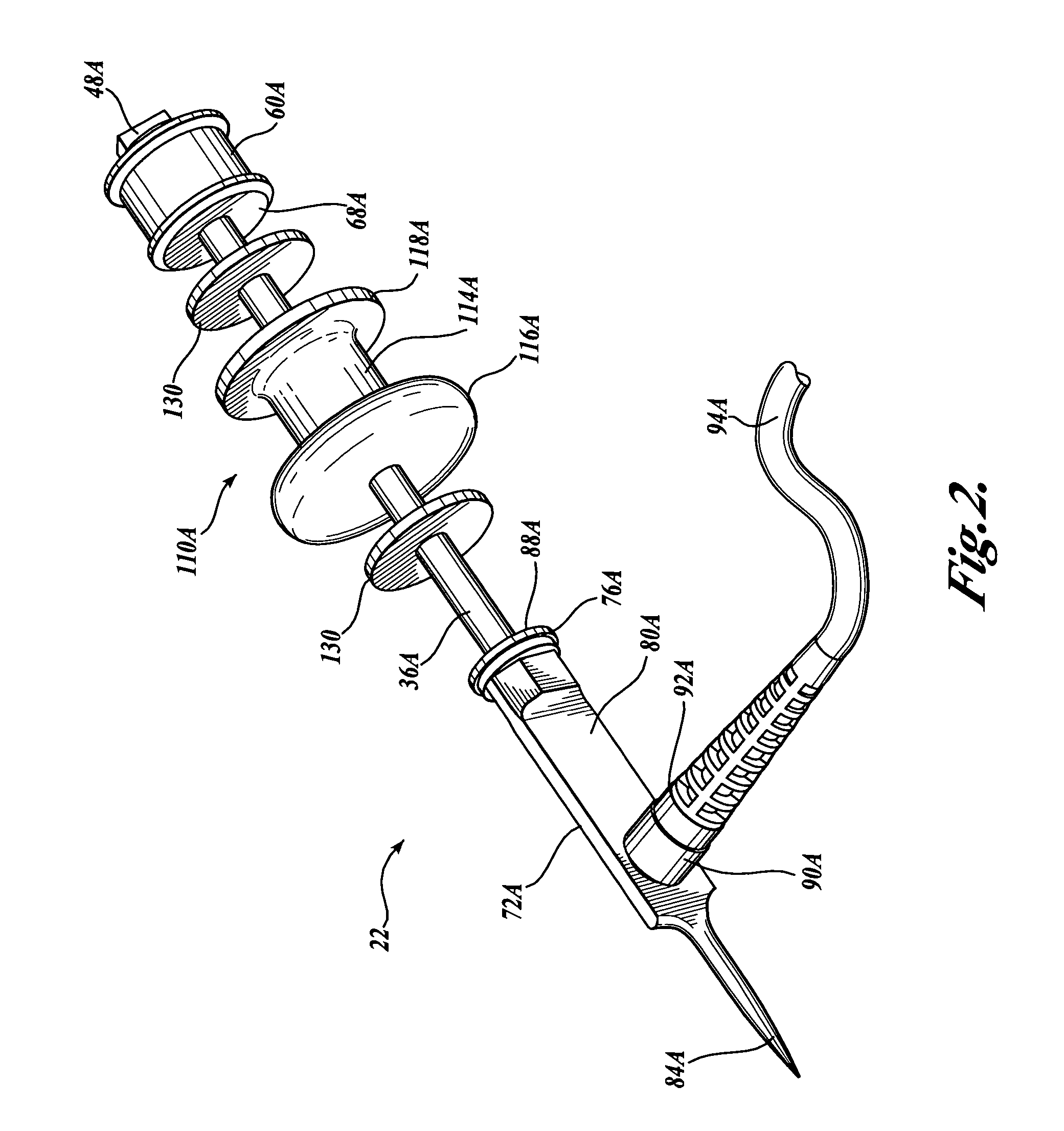System and method for measuring stiffness in standing trees
a technology of standing trees and measuring systems, applied in the direction of instruments, specific gravity measurement, heat measurement, etc., can solve the problems of warping and lower stiffness of logs harvested from short-rotation plantations, affecting the quality of wood products, and affecting the strength and dimensional stability of wood products, so as to improve access, improve the value of the forest, and improve the average value of the forest
- Summary
- Abstract
- Description
- Claims
- Application Information
AI Technical Summary
Benefits of technology
Problems solved by technology
Method used
Image
Examples
Embodiment Construction
[0019] The present invention will now be described with reference to the accompanying drawings where like numerals correspond to like elements. The present invention is directed to a system for non-destructive evaluation or testing of wood products, including standing trees, felled trees, logs, dimensional lumber, and the like, using acoustic testing methods. Additionally, the present invention is directed to an improved integrally formed first measuring probe and an improved integrally formed second measuring probe suitable for use by the system and others for non-destructive evaluation and testing. The present invention is further directed to a method for non-destructive testing of standing trees. While one embodiment of the non-destructive evaluation system will be described with reference to its evaluation or testing of wood products, and in particular, standing trees, the system may be used in other applications desiring the benefits of non-destructive evaluation. Thus, the fol...
PUM
| Property | Measurement | Unit |
|---|---|---|
| angle | aaaaa | aaaaa |
| thick | aaaaa | aaaaa |
| frequency response | aaaaa | aaaaa |
Abstract
Description
Claims
Application Information
 Login to View More
Login to View More - Generate Ideas
- Intellectual Property
- Life Sciences
- Materials
- Tech Scout
- Unparalleled Data Quality
- Higher Quality Content
- 60% Fewer Hallucinations
Browse by: Latest US Patents, China's latest patents, Technical Efficacy Thesaurus, Application Domain, Technology Topic, Popular Technical Reports.
© 2025 PatSnap. All rights reserved.Legal|Privacy policy|Modern Slavery Act Transparency Statement|Sitemap|About US| Contact US: help@patsnap.com



